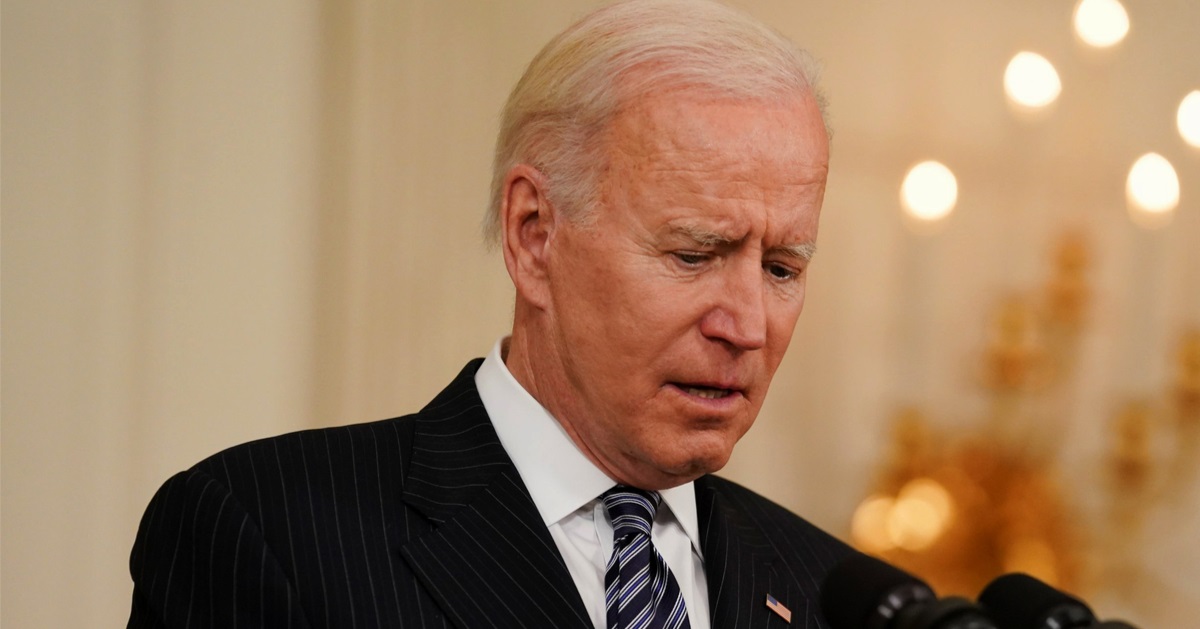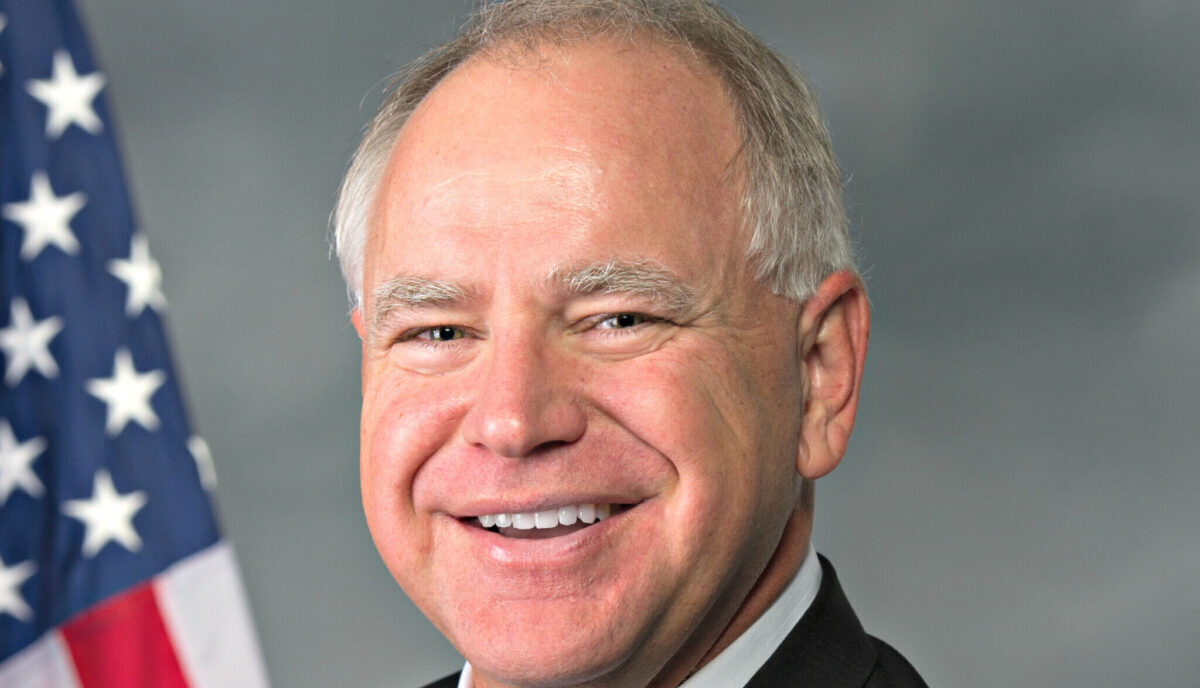DANIEL VAUGHAN: Trump's Firings Fix A Problem, But Not The Issue
There's a strong case to be made for redoing the Bureau of Labor Statistics. The issues and accuracy of economic data predate Trump and even Biden, and little has been done to address these issues. There's also a powerful case to be made for Congress to take a deep look at activities by the Treasury and Federal Reserve. The problem is that Trump's firing makes none of those cases and will only exacerbate things.
There are two levels to this on the accuracy front. The first part is that monthly job reports are known for being incredibly noisy on a preliminary reading. The problem is that those readings are what drive policy decisions and markets. No one pays attention to the revisions, unless those revisions are stark like the most recent report.
The BLS said, "Revisions for May and June were larger than normal. The change in total nonfarm payroll employment for May was revised down by 125,000, from +144,000 to +19,000, and the change for June was revised down by 133,000, from +147,000 to +14,000. With these revisions, employment in May and June combined is 258,000 lower than previously reported. (Monthly revisions result from additional reports received from businesses and government agencies since the last published estimates and from the recalculation of seasonal factors.)
This kind of mistake matters because had the Federal Reserve seen soft economic data like that in the moment, they'd have likely cut interest rates last week. There are stark political consequences for these kinds of errors.
Goldman Sachs said in a note that the downward revisions we just witnessed were the largest downward revision since 1968, outside a recession period. In a recession, downward revisions are expected. In a time when the economy was allegedly rocking along, these kinds of economic shocks are astonishing.
There's also the broader misses during an annual review. The Trump White House cited 2024 numbers and was correct to do so. The preliminary revision to last year showed a decrease of 818,000 jobs over the year. The BLS later ran final revisions that showed the 2024 numbers were only by nearly 600,000 jobs.
In short, everyone involved understands that, at first blush, jobs reports that matter a lot politically and economically are essentially trash. The BLS could be underestimating or overestimating, and the problem is getting worse each year.
BLS documentation blames response rates. Most Americans would likely be surprised that our primary jobs data in these reports comes from phone surveys. And like pollsters across the world, the BLS is struggling to get people to pick up the phone as response rates to surveys plummet. They do supplement the data at a later date, but damage is already done.
To put it mildly, there's a problem, and that's been true for a decade or more. The issues with the phone response surveys also apply to all the other reports, like CPI and more.
So, on those grounds, is there enough evidence to fire people over the BLS issues? Certainly. The last few screwups are historically bad, especially since we're not in a declared recession.
But Trump's decision will only fan the flames that all data is bad. The irony is that the bad jobs reports actually help Trump. His primary objective with the Federal Reserve has been to pressure it into lowering rates. Getting these kinds of reports earlier would look bad politically, but also get him what he wanted with the Fed.
Good jobs reports and an uptick in official inflation data have kept the Federal Reserve in its place. That's gone now, with everyone now believing a September rate cut is a necessity.
Beyond the reporting of numbers and statistics, though, there's a bigger issue. The last time the United States had a real declared recession, which involved a downturn in the business cycle, was 2008. We had a brief micro-recession at the peak of the 2020 pandemic. But that wasn't a true recession where we see the business cycle reset.
On that basis, it's been 17 years since the last recession - nearly two decades. In historic terms, that's as bizarre as jobs numbers getting their worst revisions since 1968. Most business cycles last between 5 and 8 years.
The real answer to this conundrum lies in the political machinations of the Treasury and Federal Reserve. Arguably, wecould have had recessions in 2014, 2018, and 2022-23 (along with the pandemic recession of 2020).
But we've avoided anything. The lesson U.S. central planners learned in that stretch is that they can pump money into the system and paper over any possible downturn. Churn may happen under the hood, but the economy can get forced back on track.
That's ultimately the problem with Trump's firings: he's shooting the messengers who are cranking out bad data. But that data is coming from an economy that's being propped up by an endless stream of easy money, whether from the Treasury or the Federal Reserve. Janet Yellen mastered this art under Obama and Biden. Jerome Powell has been unable to fix the problem. And Donald Trump wants an economy that goes up.
The BLS firings were earned, but we're not actually dealing with the problems present. That overarching shadow is why bond yields keep spiking. It's getting hard to hide the reality of the U.S. fiscal situation.
Fortunately for us, no matter how bad it is for America, it's always worse everywhere else in the world. It'd be nice to see fiscal sanity to bring these forces under control. I'm not holding my breath, though. Firings only get you part of the way there. That's all Trump wants, along with rate cuts.
The White House would respond that they're going to grow the economy out of these issues. And that's certainly one possible outcome. The other one is the return of full-fledged inflation, and making Jerome Powell the second Fed Chair unable to tame the beast.






